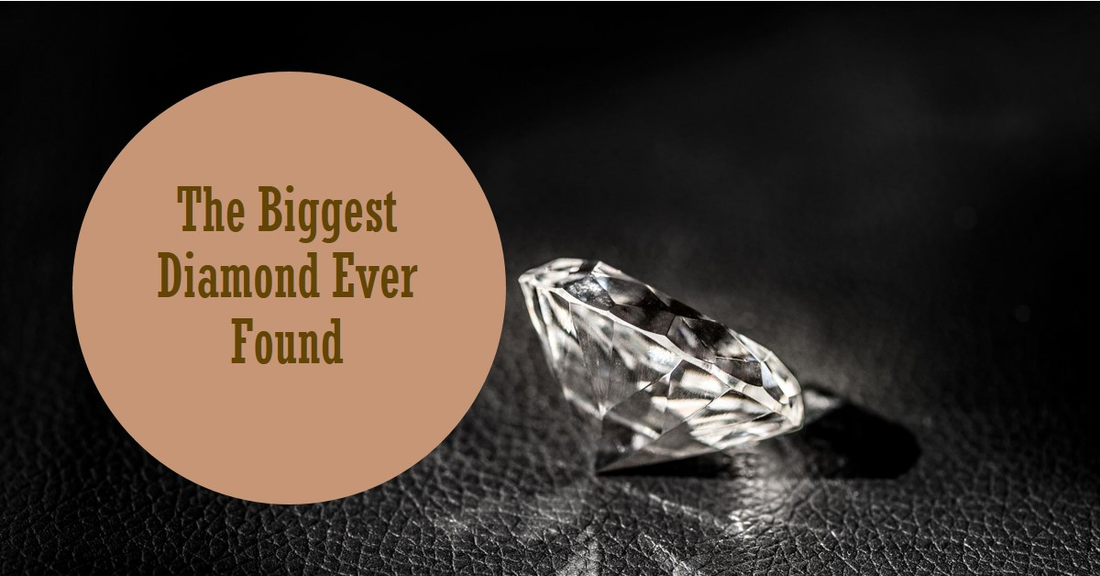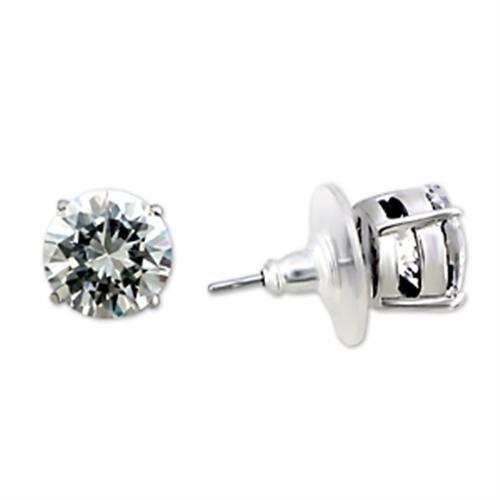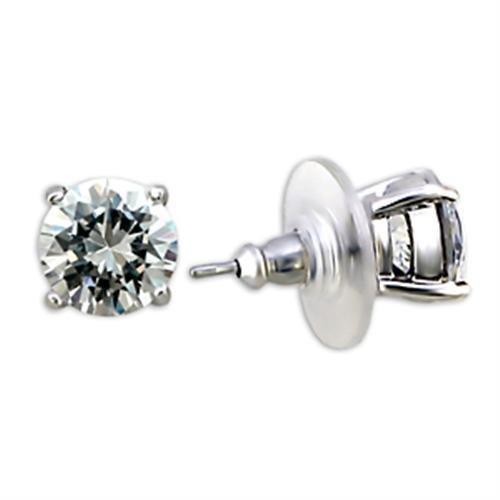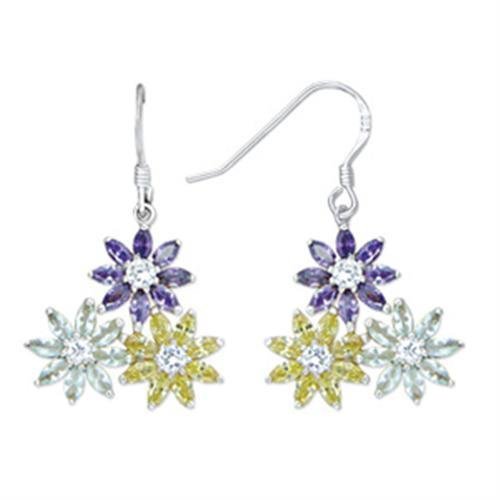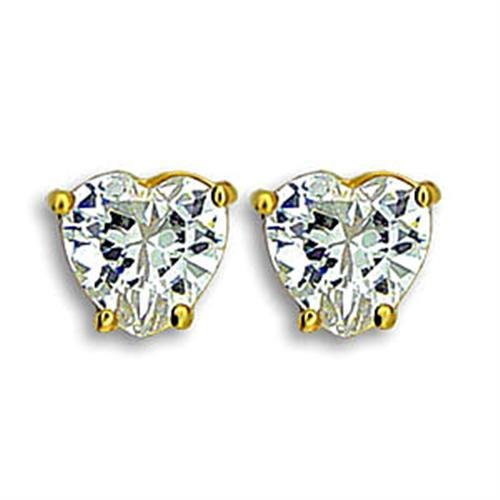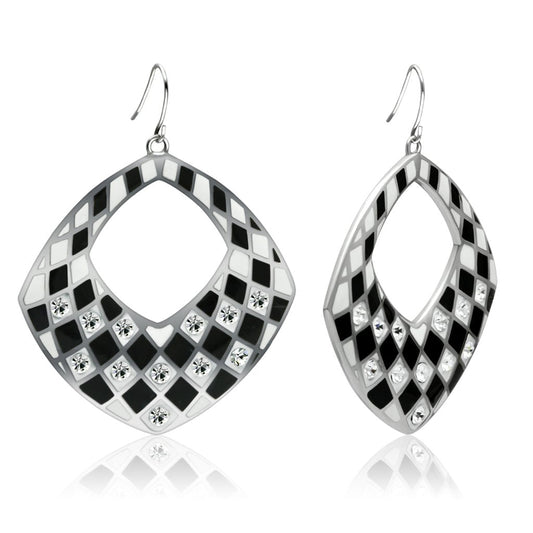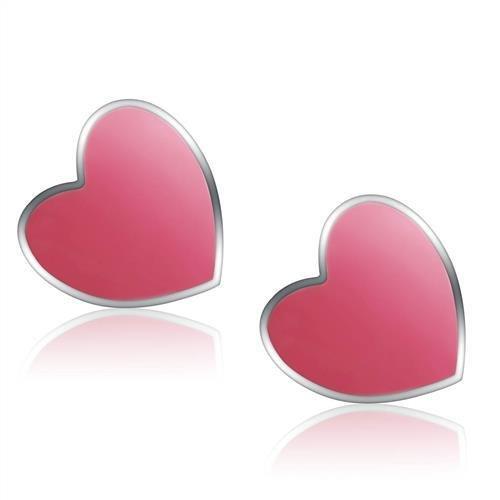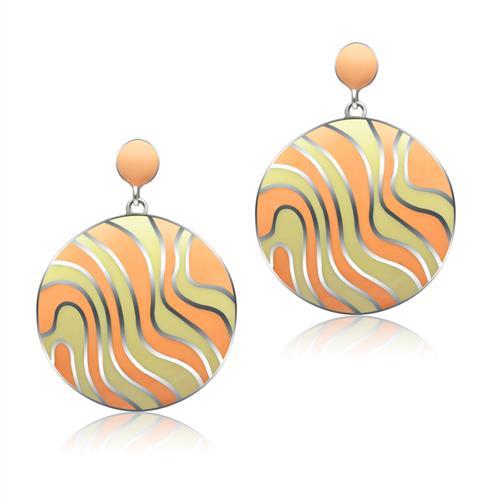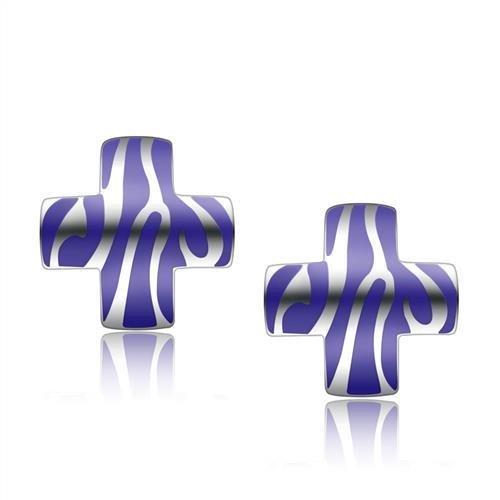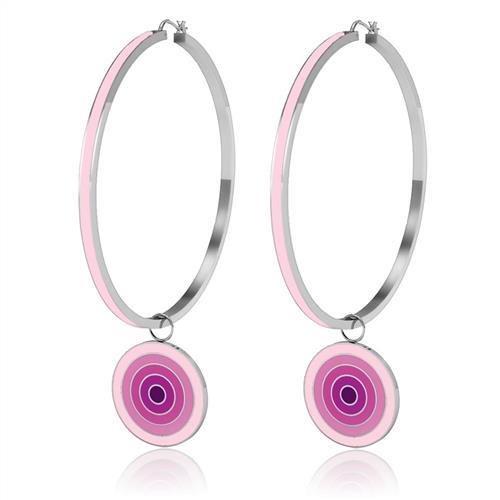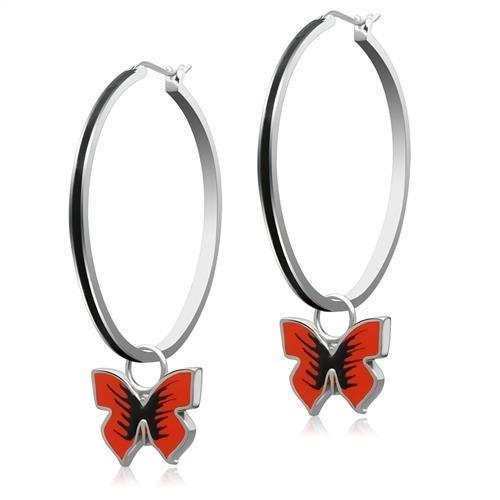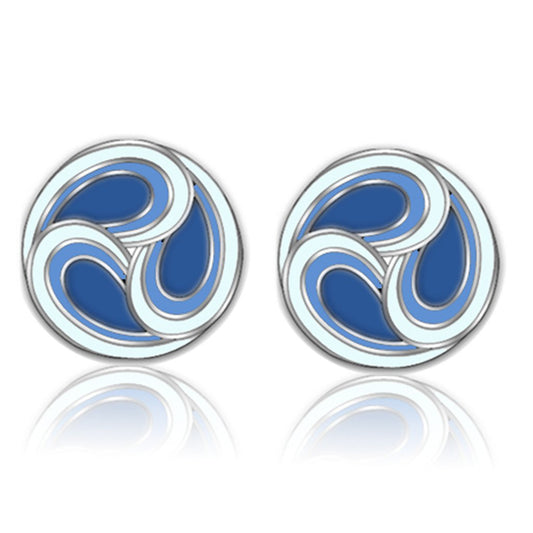The discovery of the Cullinan Diamond, the largest diamond ever found, is a tale of wonder and intrigue. Unearthed in 1905 from the Premier Mine in South Africa, this 3,106-carat rough diamond has a rich history involving notable figures such as Frederick Wells, Sir Thomas Cullinan, and King Edward VII. This article delves into the fascinating journey of the Cullinan Diamond, from its discovery to its transformation into some of the most famous gems in the world.
Table of Contents
- The Discovery of the Cullinan Diamond
- From Rough Diamond to Royal Jewels
- Historical Significance and Display
- The Craftsmanship of Asscher Diamond Company
- Diamond Cutting Innovations
- The Broader Impact of the Cullinan Diamond
- The Continuing Legacy of the Cullinan Diamond
- FAQ
- Conclusion
The Discovery of the Cullinan Diamond
The story begins on January 26, 1905, when Frederick Wells, a superintendent at the Premier Mine in Pretoria, South Africa, made an astonishing discovery. While conducting a routine inspection, he noticed a gleam in the mine wall. Upon closer examination, he unearthed an enormous diamond weighing an astounding 3,106 metric carats. This remarkable find was named the Cullinan Diamond, after Sir Thomas Cullinan, the owner of the mine.
From Rough Diamond to Royal Jewels
Following its discovery, the Cullinan Diamond was presented to the Transvaal provincial government, who decided to gift it to King Edward VII as a token of loyalty. The massive diamond was transported to England under high security and was cut by the renowned Asscher Diamond Company in Amsterdam. The task of cutting such an extraordinary gem fell to Joseph Asscher, who skillfully divided the Cullinan into nine large stones and nearly a hundred smaller fragments.
Notable Pieces of the Cullinan Diamond
- Cullinan I (Star of Africa I): The largest gem cut from the Cullinan Diamond, weighing 530.2 carats, is set in the British Sovereign’s Royal Scepter.
- Cullinan II (Star of Africa II): Weighing 317.4 carats, this magnificent diamond is set in the Imperial State Crown.
- Cullinan III and IV: These gems, known as the Lesser Star of Africa and Queen Mary’s brooch, respectively, are also part of the British Crown Jewels.
Historical Significance and Display
The Cullinan Diamond’s journey from a rough stone to some of the most illustrious jewels in the world underscores its historical and cultural significance. Today, the most prominent pieces of the Cullinan Diamond, including Cullinan I and II, are displayed among the Crown Jewels in the Tower of London, drawing millions of visitors each year.
The Premier Mine Legacy
The Premier Mine, now known as the Cullinan Mine, remains one of the world's most famous diamond mines. Its legacy is forever intertwined with the discovery of the Cullinan Diamond, a symbol of exceptional clarity and blue-white color. The mine continues to produce diamonds of significant size and quality, contributing to its prestigious reputation.
The Craftsmanship of Asscher Diamond Company
The Asscher Diamond Company, renowned for its precision and expertise, played a pivotal role in transforming the Cullinan Diamond. The meticulous cutting process required exceptional craftsmanship to preserve the diamond's integrity and maximize its brilliance. Joseph Asscher's successful division of the Cullinan Diamond cemented the company’s place in the annals of gem-cutting history.
The Importance of Diamond Cutting
Diamond cutting is an art that combines science and craftsmanship. The process of cutting the Cullinan Diamond exemplifies the precision required to transform a rough stone into a masterpiece. The Asscher family’s legacy in diamond cutting continues to influence modern jewelry craftsmanship, ensuring that each diamond is expertly shaped to reveal its inner brilliance.
"The Cullinan Diamond stands as a testament to the incredible journey from the depths of the earth to the heights of royal adornment."
Diamond Cutting Innovations
The innovations introduced during the cutting of the Cullinan Diamond have had a lasting impact on the industry. The Asscher Diamond Company, for example, developed new techniques to ensure the integrity and brilliance of the diamonds they produced. These advancements have paved the way for the cutting of other famous diamonds and continue to influence contemporary diamond cutting practices.
Continued Exploration and Discoveries
As the story of the Cullinan Diamond demonstrates, the allure of discovering and transforming such remarkable gemstones continues to captivate imaginations. The journey from mining to cutting and finally to setting these historic artifacts in royal regalia is a tribute to human ingenuity and the enduring allure of diamonds.
The Broader Impact of the Cullinan Diamond
The discovery and subsequent transformation of the Cullinan Diamond have had a profound impact on the diamond industry and popular culture. As the largest diamond ever found, the Cullinan has become a symbol of ultimate luxury and craftsmanship, influencing both historical and contemporary jewelry designs.
Influence on the Diamond Industry
The Cullinan Diamond set new benchmarks for size, quality, and cutting techniques. The precision required to cut such a large diamond pushed the boundaries of what was possible in the early 20th century, leading to advancements in diamond cutting technology and methods. This has had a lasting effect on the industry, encouraging innovation and excellence.
Diamond Valuation and Insurance
The extraordinary value of the Cullinan Diamond highlighted the need for accurate diamond valuation and comprehensive insurance. The meticulous assessment of the Cullinan's worth set standards for evaluating other large and valuable diamonds, ensuring that they are properly insured and protected. This has become a crucial aspect of the diamond industry, ensuring the safety and value of precious gems.
The Cullinan Diamond in Popular Culture
The Cullinan Diamond’s fame extends beyond the jewelry industry into popular culture. It has been featured in numerous books, documentaries, and articles, capturing the imagination of people around the world. The story of its discovery, the intricate process of its cutting, and its transformation into royal jewels continue to fascinate and inspire.
Cultural References and Exhibitions
The Cullinan Diamond often appears in cultural references, symbolizing unparalleled luxury and craftsmanship. Exhibitions featuring replicas of the Cullinan stones and other famous diamonds draw significant public interest, offering insights into the history and artistry of these remarkable gems.
"The Cullinan Diamond remains a beacon of luxury, inspiring both historical reverence and contemporary admiration."
The Continuing Legacy of the Cullinan Diamond
The Cullinan Diamond's influence extends into modern jewelry design and craftsmanship. Its legacy is evident in the meticulous attention to detail and innovation seen in contemporary diamond jewelry.
Modern Jewelry and Design Influence
Jewelry designers today continue to draw inspiration from the Cullinan Diamond's story and its transformation. The elegance and precision associated with the Cullinan stones are reflected in modern collections that emphasize clarity, brilliance, and exceptional craftsmanship. This ongoing influence ensures that the legacy of the Cullinan Diamond remains relevant in contemporary design.
The Role of the Asschers of Amsterdam
The Asscher family’s legacy in diamond cutting, particularly their work on the Cullinan Diamond, continues to be a source of inspiration in the industry. The techniques and standards they established are still taught and revered, guiding new generations of diamond cutters and jewelers.
The Symbolism of the Cullinan Stones
The Cullinan stones, particularly Cullinan I and II, symbolize the grandeur and continuity of the British monarchy. They are not only pieces of jewelry but also historical artifacts that represent a significant era in British history. The enduring presence of these gems in the Crown Jewels ensures that the Cullinan Diamond's story remains a part of cultural heritage.
Future Prospects and Discoveries
The allure of discovering another diamond as remarkable as the Cullinan continues to drive exploration and mining efforts. While the Cullinan Diamond remains unparalleled, the possibility of unearthing other significant gems keeps the industry vibrant and innovative. The legacy of the Cullinan Diamond serves as a benchmark and a source of inspiration for future discoveries.
FAQ
1. What is the name of the largest diamond ever found in a mine?
The largest diamond ever found in a mine is the Cullinan Diamond.
2. When and where was the Cullinan Diamond discovered?
The Cullinan Diamond was discovered on January 26, 1905, at the Premier Mine in Pretoria, South Africa.
3. Who discovered the Cullinan Diamond?
Frederick Wells, a superintendent at the Premier Mine, discovered the Cullinan Diamond.
4. How much did the Cullinan Diamond weigh in its rough form?
The Cullinan Diamond weighed 3,106 metric carats in its rough form.
5. What color and clarity is the Cullinan Diamond known for?
The Cullinan Diamond is known for its exceptional blue-white color and extraordinary clarity.
6. How was the Cullinan Diamond transported to England?
The Cullinan Diamond was transported to England via registered post in a plain box to avoid theft, while a decoy diamond was sent on a steamer.
7. Who was responsible for cutting the Cullinan Diamond?
Joseph Asscher of the Asscher Diamond Company in Amsterdam was responsible for cutting the Cullinan Diamond.
8. How many large stones were cut from the Cullinan Diamond?
Nine large stones were cut from the Cullinan Diamond, along with nearly a hundred smaller fragments.
9. Where are the most notable pieces of the Cullinan Diamond displayed?
The most notable pieces of the Cullinan Diamond, including Cullinan I and II, are displayed among the British Crown Jewels in the Tower of London.
10. What impact did the Cullinan Diamond have on the diamond industry?
The Cullinan Diamond set new benchmarks for diamond size, quality, and cutting techniques, influencing advancements in diamond cutting technology and methods, and establishing standards for diamond valuation and insurance.
Conclusion
The story of the Cullinan Diamond is a testament to human ingenuity, craftsmanship, and the enduring allure of extraordinary gemstones. From its discovery in the Premier Mine to its transformation into some of the most famous jewels in the world, the Cullinan Diamond has left an indelible mark on history and continues to inspire awe and admiration.
"The journey of the Cullinan Diamond, from a rough stone to a symbol of royal magnificence, epitomizes the ultimate expression of luxury and craftsmanship."
Explore our bracelet collection to find pieces inspired by the timeless elegance and brilliance of historic gemstones like the Cullinan Diamond.
Key Takeaway
The Cullinan Diamond, discovered in South Africa's Premier Mine in 1905, remains the largest diamond ever found, weighing 3,106 metric carats. Its transformation into several notable gems, including the Star of Africa I and II, highlights the exceptional skill of the Asscher Diamond Company. The Cullinan Diamond’s legacy continues to influence modern jewelry design and remains an iconic symbol of luxury and craftsmanship.

